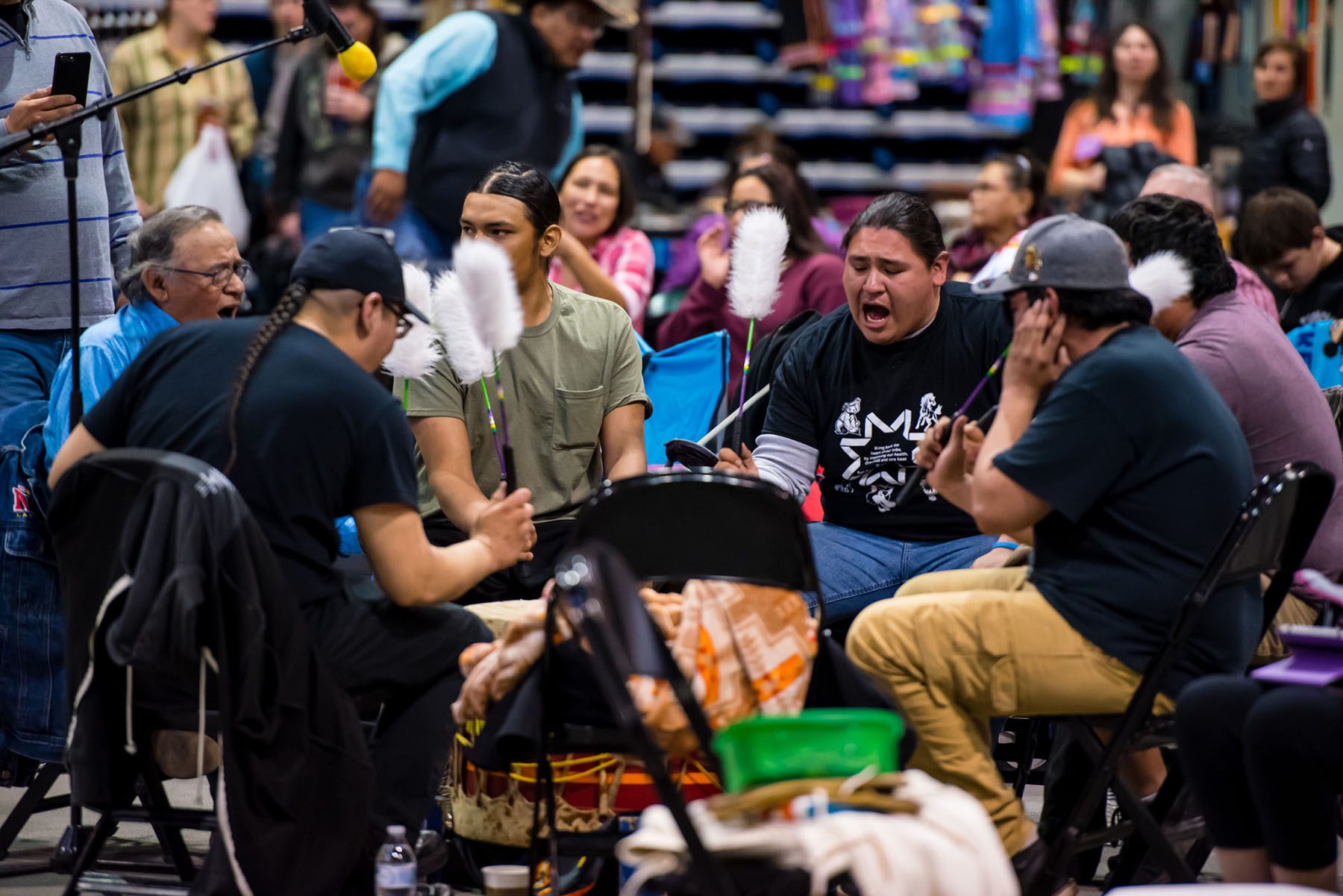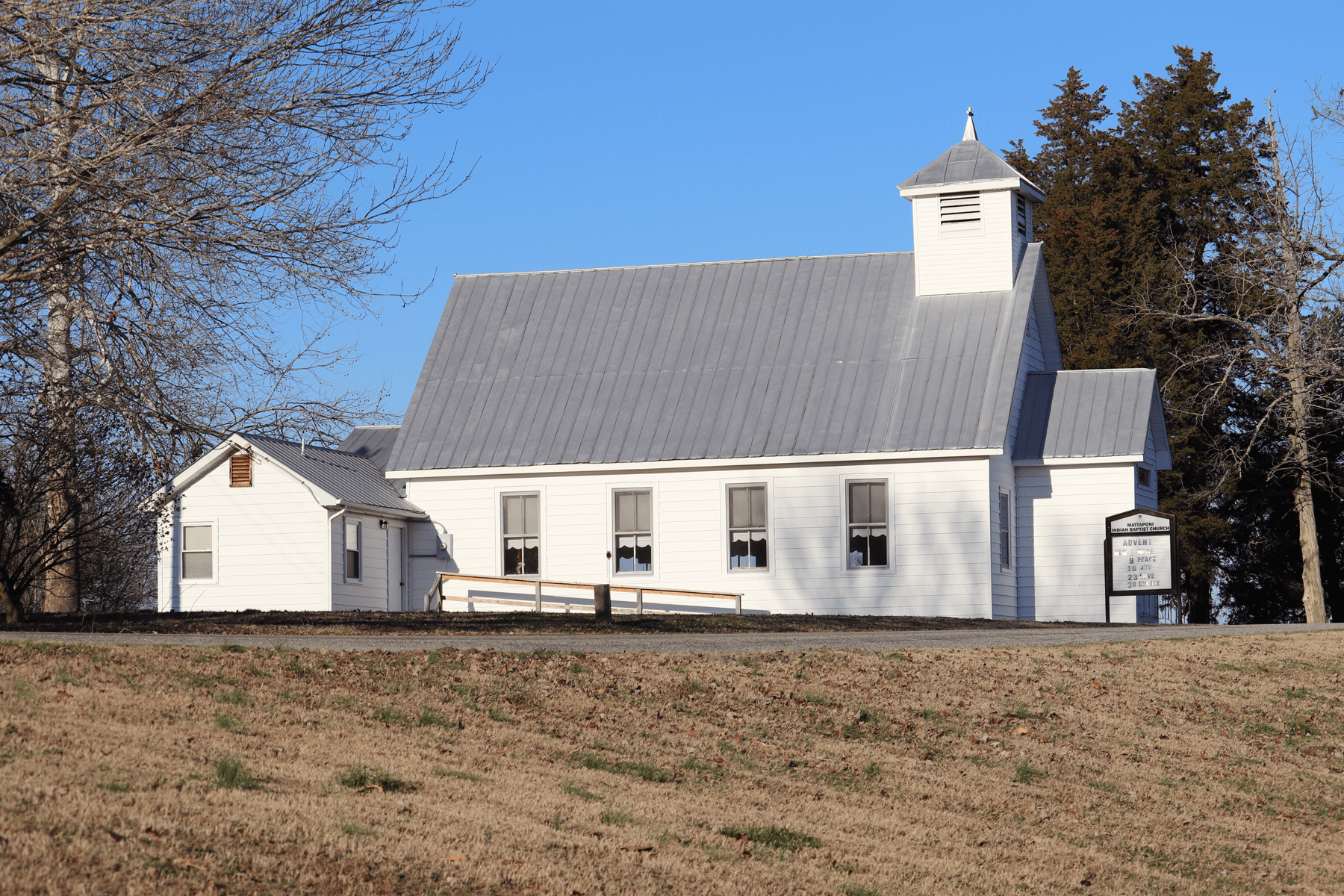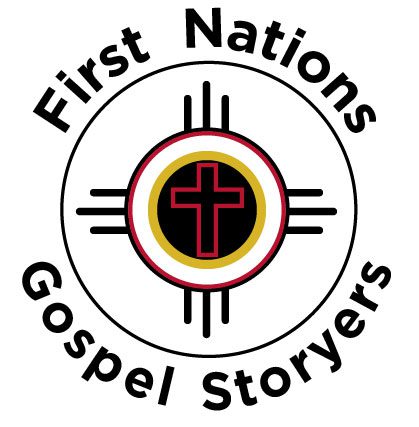Learn More

The People
Learn More!
As of 2024, the United States is home to 9.7 million American Indian people, divided between 574 federal and 95 state tribal groups. Additionally, another 1.8 million people make up Canada’s First Nations, Metis, and Inuit populations, divided among 50 principal tribal groups.
North America’s indigenous people are proud, strong, and resilient, having withstood thousands of years of natural and human threats to their very existence. They are beautiful people, displaying rich diversity in their cultures, languages, and practices. They are diverse in their histories, each tribe with its own stories passed down from generation to generation. They can furthermore be found throughout North America, from the woodlands to the plains, from the Everglades to the frozen tundra.
In the United States, just 13 percent (1.2 million) of Native American people live on reservations or other trust lands. Of the 87 percent remaining, 70 percent (5.8 million) live in American urban centers. The percentage of Canada’s indigenous population residing in urban centers is 44 percent (800,000).
North America’s indigenous people are furthermore deeply spiritual. To a Native person, all of life is sacred – a distinction from the surrounding Western culture that segments life into what is sacred and what is secular. Spiritual beliefs and practices vary among the tribes and have been passed down from generation to generation, often through stories and oral histories repeated by tribal elders.

The Need
Learn More!
There have been periods of time in which First Nations people were desirous of hearing and understanding the Gospel brought here by settlers from Europe. The Gospel was embraced and took root in the early years of American history among some tribes, particularly among tribes in the southeast, such as the Creeks, Cherokees, Choctaws, and Lumbees. Each of these tribal groups presently has significant numbers of Christian churches of various denominations that can be traced back 150+ years, most with indigenous pastors and many with indigenous songs of Christian worship in their own tribal languages.
Unfortunately, that has not been the case in most of Native America. One account that emerged from 1832 recounts the efforts of the Nez Perce to obtain a copy of the “white man’s book of Heaven” and missionaries who would instruct them with its teachings. The heart-rending account ends with the tribe’s pleas being largely ignored.
Just a few decades later, as tribes were relocated and restricted to living on reservation land designated by the government, some Christian missionaries who went to the reservations to preach the Gospel were employed by the government in its forced assimilation schemes. The result of identifying the Good News of Jesus with forced assimilation efforts is the perception that lingers to this day among many tribal people – that Christianity is a white man’s religion and Jesus is a white man’s God.
These perceptions have only been further reinforced in the minds of Native people throughout the 20th century through well-intentioned yet non-contextual approaches to preaching the Gospel. Such approaches lacked the wisdom of the apostle Paul, who wrote in 1 Corinthians 9:19, “Although I am free from all and not anyone’s slave, I have made myself a slave to everyone, in order to win more people.” He continued, “I have become all things to all people, so that I may by every possible means save some…I do all this because of the gospel.” (1 Corinthians 9:20-23)
Most First Nations people have yet to become followers of Jesus, not for a lack of missionary effort in the last 150 years, but primarily for a lack of missionary efforts that considered how the Gospel would best be received, embraced, and replicated by First Nations people among all First Nations people. Therein lies the need and the opportunity God has called First Nations Gospel Storyers to address.

The Solution
Learn More!
First Nations Gospel Storyers has been established to promote the proclamation of the Gospel throughout Native America in a manner that is informed by cultural understanding and carried out using contextual methods.
Tribal peoples, from the beginning of time, have preserved their history and culture through oral traditions. Tribal languages were passed on orally in the home from parents to children. Tribal histories were passed down orally as well. Tribal elders would pass on stories they inherited from their elders – stories about creation, tribal origins, natural events, and feats of their ancestors. Religious beliefs, cultural norms, and ways of life were also passed on through oral instruction.
North America’s First Nations people continue the oral traditions of the past in their tribal settings today. Tribal languages are still primarily taught in the home for those tribes that still possess their language, and stories are still the primary vehicles through which tribal histories and cultural norms are communicated.
First Nations Gospel Storyers believes telling the many stories from the Bible’s grand narrative is the most effective means of proclaiming the Good News of Jesus in First Nations communities. The Bible is a gift from God through which He has chosen to reveal Himself to His creation. It is one long story made of hundreds of stories that reveal who God is, how He created and sustains everything, and His plan for the crowning achievement of His creation – mankind.
Communicating through stories is very familiar to First Nations people. The truth about God, His creation, and His plan of redemption for mankind is carried in the vehicle of Bible stories. Communicating the Gospel through the stories of the Bible helps First Nations people to hear and receive it more readily. Furthermore, communicating the Gospel through Bible stories in First Nations settings makes possible the grassroots spread of the Gospel by First Nations people – simply by repeating the stories within their communities.
This is the type of movement that First Nations Gospel Storyers envisions…
